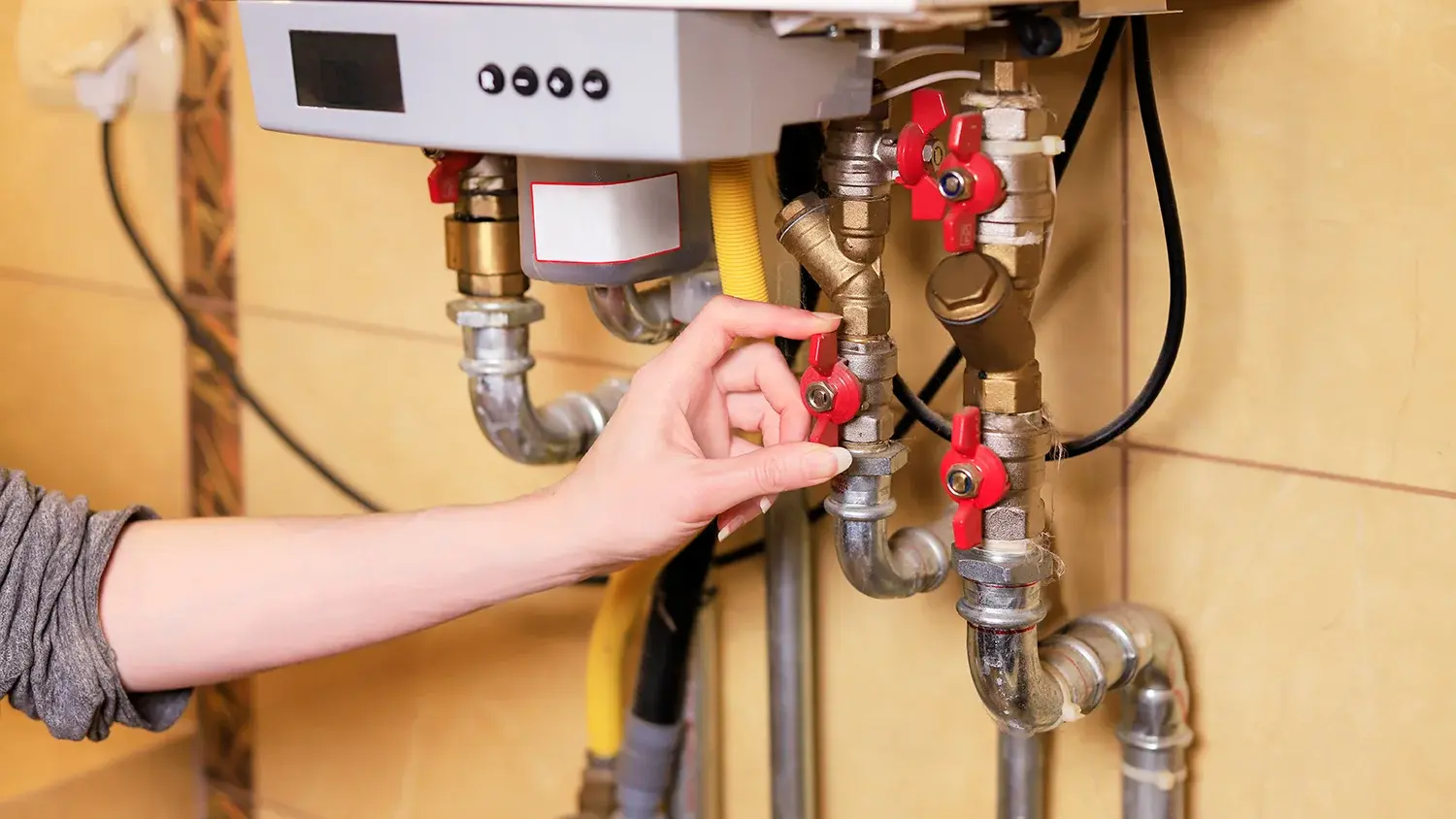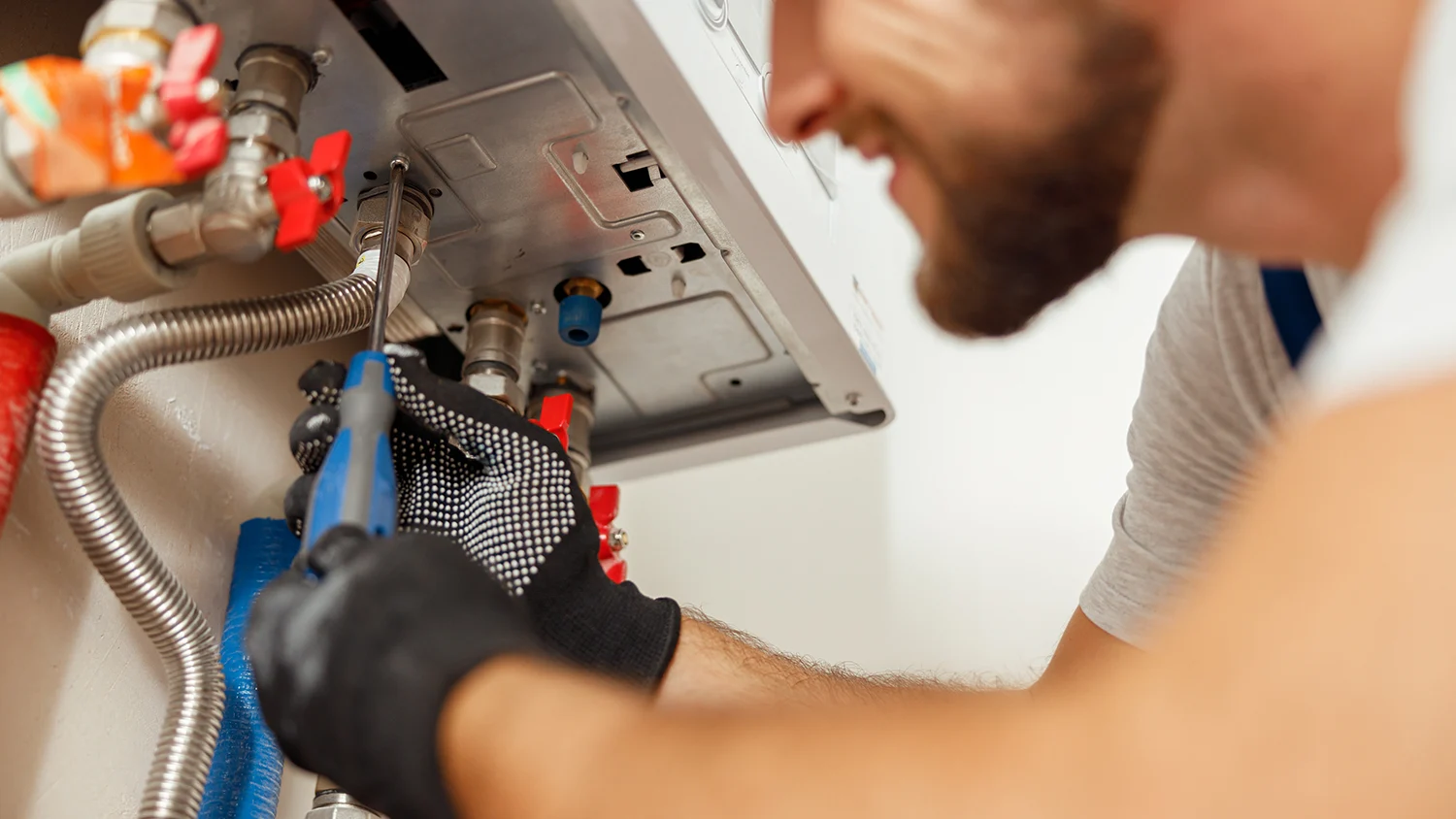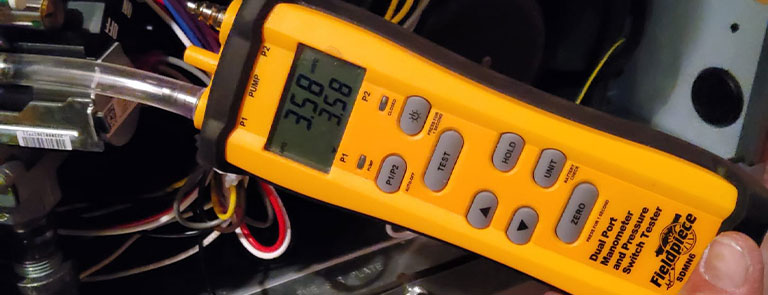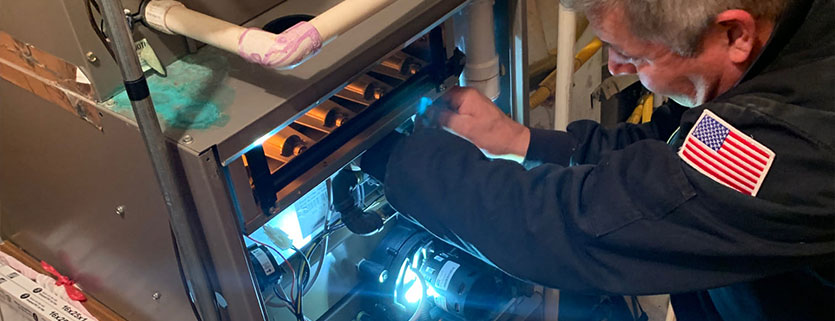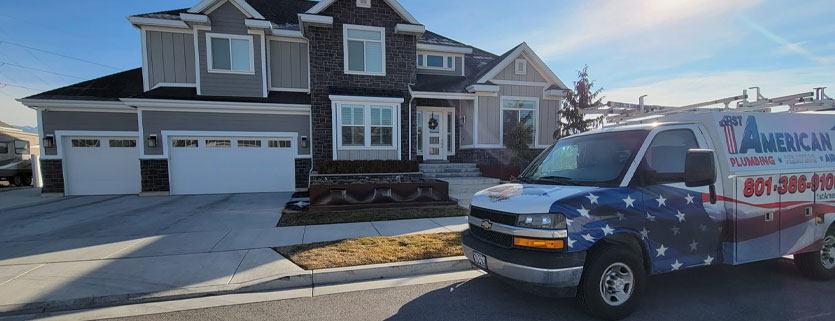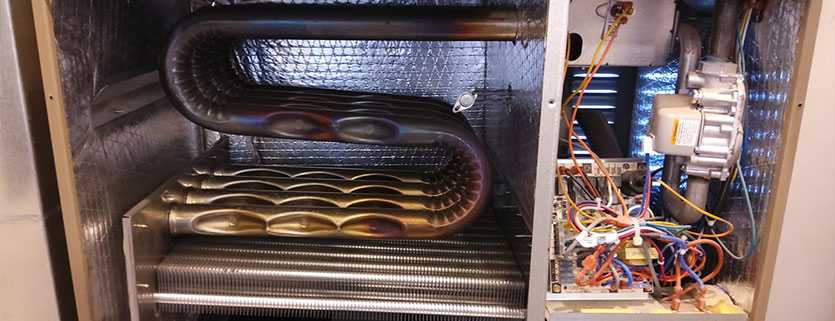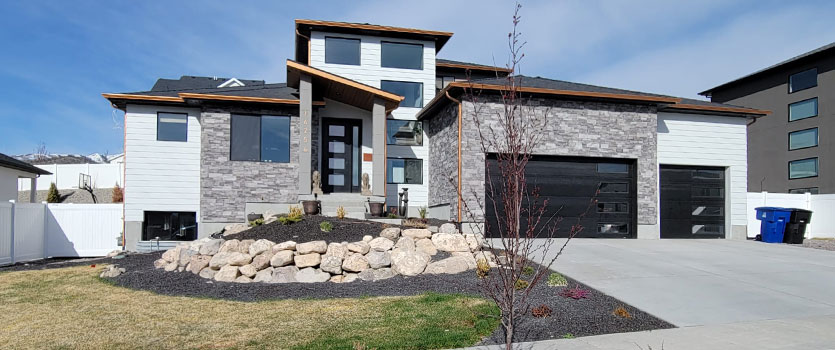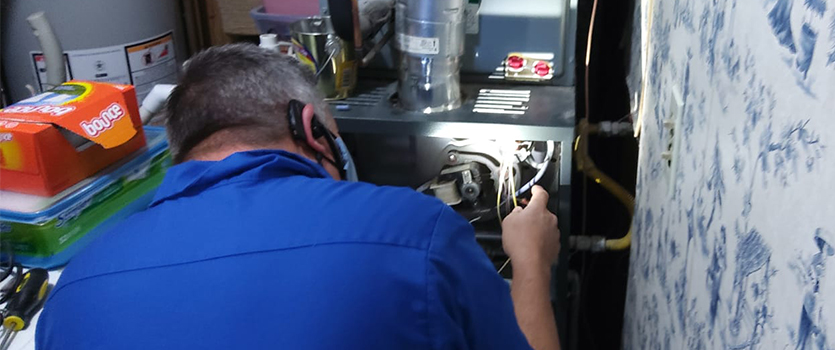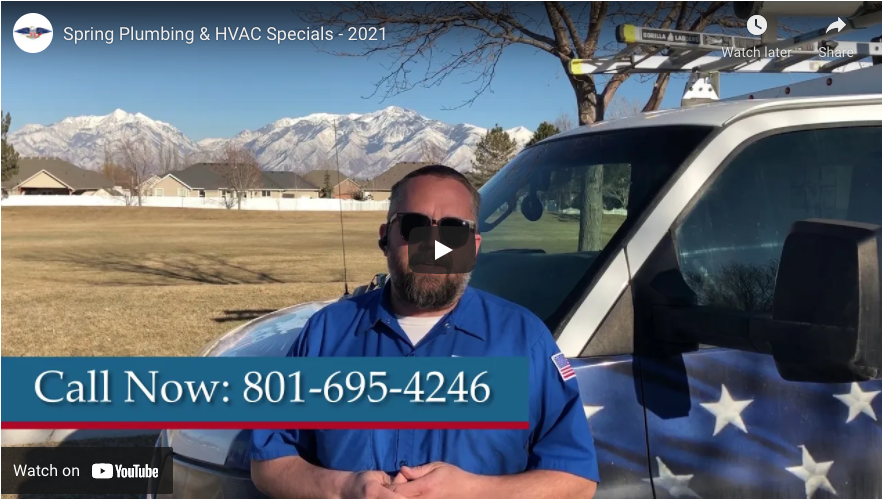The chill of a Northern Utah winter is a force to be reckoned with. From Logan to Provo, homeowners know that a reliable, efficient heating system isn’t just a luxury—it’s a necessity. When your current unit starts to falter, or when you’re building a new home, making the right choice for your next system is paramount. This comprehensive guide will walk you through the factors to consider when planning your new heater installation, ensuring your Northern Utah home remains warm and comfortable for years to come.
The Critical Importance of Proper Heater Installation in Northern Utah
Northern Utah’s unique climate presents specific challenges for home heating. We experience everything from heavy snowfall and freezing temperatures to high-altitude cold. This means that a one-size-fits-all approach to heating simply won’t work. The performance and longevity of your unit depend almost entirely on the quality of its heater installation.
A professional installation ensures that your new system is:
- Sized Correctly: An oversized unit cycles too frequently, wasting energy and causing uneven heating. An undersized unit runs constantly and struggles to keep up on the coldest days. Proper Manual J load calculation is essential for accurate sizing.
- Vented Safely: Especially for gas furnaces, correct venting prevents dangerous carbon monoxide buildup.
- Optimized for Efficiency: Even the most efficient furnace won’t deliver its rated Annual Fuel Utilization Efficiency (AFUE) if it’s installed poorly or if ductwork is leaky.
Skimping on the upfront cost of expert heater installation almost always leads to higher energy bills, frequent repairs, and premature system failure down the line.
Choosing the Right System for Installation
When it comes time for a new heating system, homeowners in Northern Utah have several excellent options. The best choice depends on your home’s existing infrastructure, budget, and energy source preferences.
1. High-Efficiency Gas Furnaces
Gas furnaces remain the most common heating choice in the region due to the relatively low cost of natural gas. For a new heater installation, look for a unit with an AFUE rating of 90% or higher. High-efficiency models capture more heat before it escapes through the vent, significantly cutting down on utility costs during the peak winter months.
2. Heat Pumps
Modern heat pumps are increasingly popular in Utah. While they heat your home by moving heat from the outside air inward, models rated for cold climates (often called “cold-climate” or “mini-split” systems) are designed to perform efficiently even when temperatures dip below freezing. They also offer the added benefit of providing cooling during the summer, making them a dual-purpose solution.
3. Boilers and Hydronic Systems
For homes with existing radiator or radiant floor heating, a new boiler heater installation may be the ideal choice. These systems heat water, which is then circulated through pipes. They are known for providing incredibly consistent, comfortable heat that doesn’t rely on forced air, which can be beneficial for those with allergies.
When deciding on your new system, consider these factors:
- Energy Source: Do you prefer natural gas, propane, or electricity?
- System Type: Do you want forced air (furnace/heat pump) or radiant heat (boiler)?
- Existing Ductwork: If your ductwork is old or damaged, a ductless mini-split heat pump may be a better alternative to a traditional furnace heater installation.
- Long-Term Costs: High-efficiency units have a higher initial cost but save thousands on utility bills over their lifespan.
The Professional Heater Installation Process
A professional heater installation by a reputable HVAC company like 1st American should follow a standardized, detailed procedure to ensure maximum performance and safety.
Step 1: Assessment and Sizing
Before any old unit is removed, a technician should conduct a thorough assessment. This includes the Manual J load calculation, inspecting the existing ductwork for leaks or needed repairs, and confirming the optimal location for the new unit and thermostat. This critical step prevents the costly mistakes of improper sizing.
Step 2: Safe Removal of the Old Unit
The old furnace or boiler is carefully disconnected, removed, and responsibly disposed of. This process must be done safely, especially when dealing with gas lines and electrical components.
Step 3: Installation and Connection
The new system is set in place. For a gas furnace heater installation, this involves connecting the gas line, running new exhaust and intake vents, connecting the electrical wiring, and attaching the ductwork plenum. Every connection is sealed and tested to meet local building codes and manufacturer specifications.
Step 4: System Calibration and Testing
Once the unit is fully installed, it must be calibrated. This includes adjusting the gas pressure (for furnaces), setting the fan speed, checking the temperature rise, and verifying the thermostat is communicating correctly. A proper final run-through ensures the system runs at its peak efficiency right from day one.
The Final Step: Ensuring Your Comfort
Investing in a new heating system is one of the most significant investments you’ll make in your home. By prioritizing an expert heater installation from the start, you are investing in reliability, efficiency, and comfort. Don’t wait until the next big snowstorm to realize your old system can’t keep up. Partner with 1st American to secure your family’s warmth this winter.

